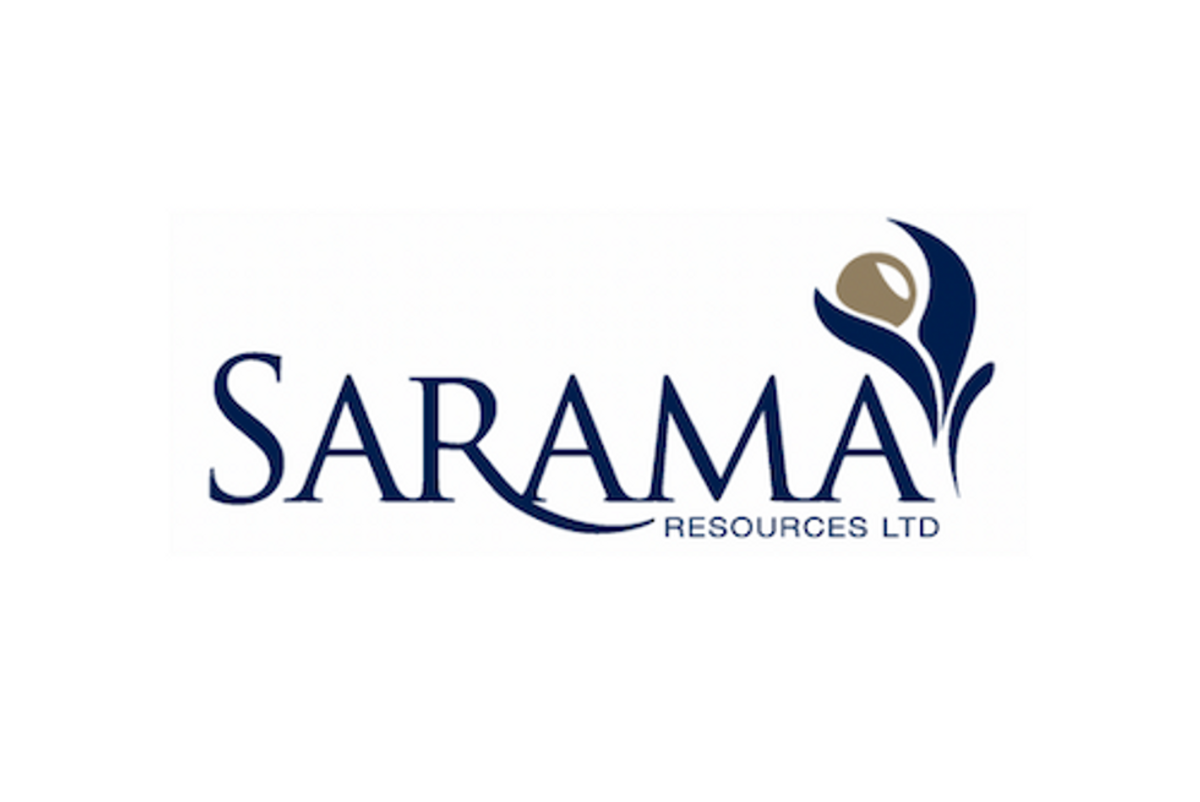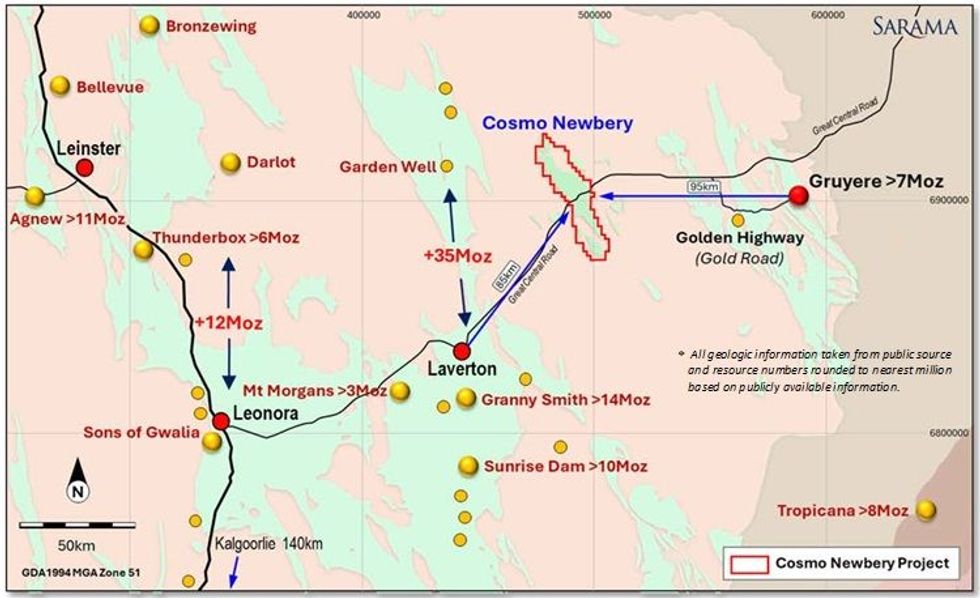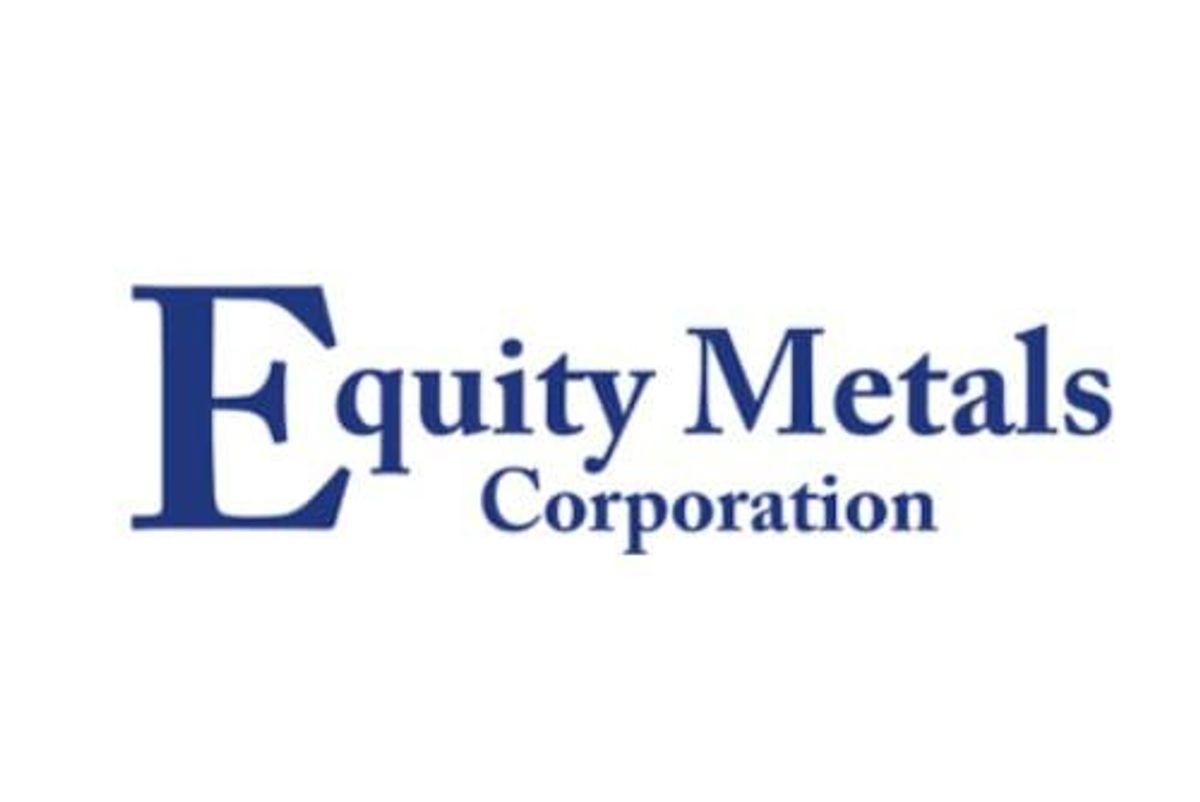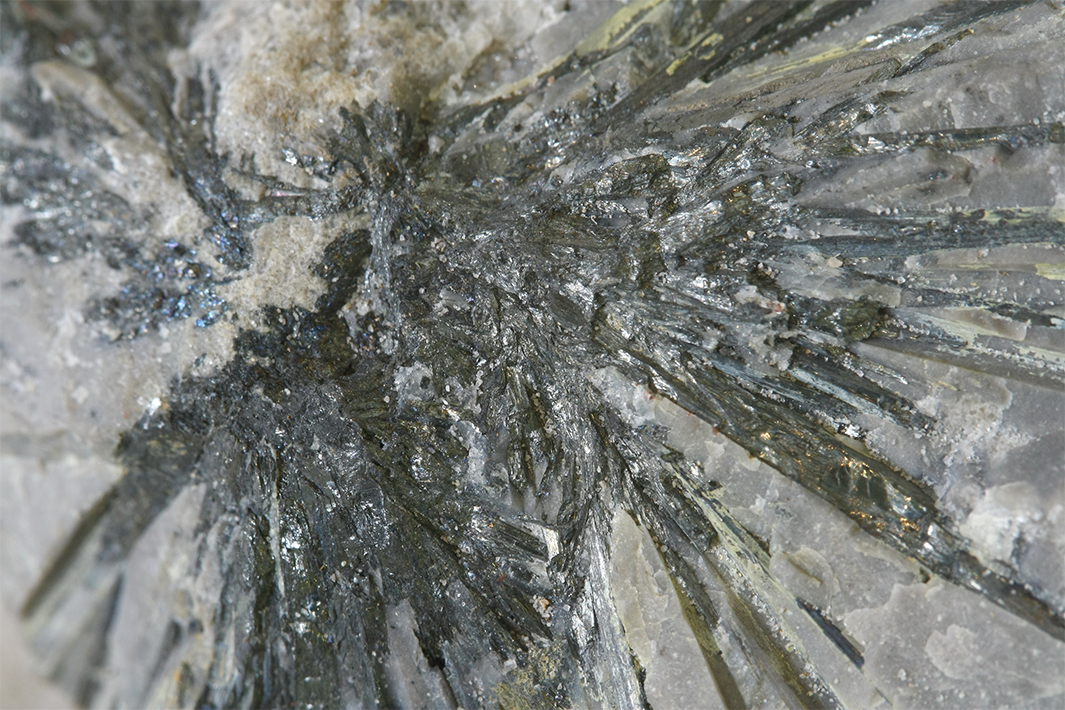
November 04, 2024
Cosmo Gold Shareholders Vote in Favour of Transaction
Sarama Resources Ltd. (“Sarama” or the “Company”) (ASX:SRR, TSX- V:SWA) is pleased to advise that the shareholders of Cosmo Gold Ltd (“Cosmo”) have voted in favour of Sarama’s acquisition of a majority interest(1) in the Cosmo Gold Project (the “Project”) in Western Australia. This shareholder approval was a key outstanding condition to be satisfied for the Transaction (defined below) to be completed.
The acquisition now has approval from the shareholders of both Sarama and Cosmo and Sarama has received requisite approval and conditional approval from securities exchanges in Australia and Canada respectively. It is anticipated the Transaction will be completed in mid-November 2024.
The 580km² Cosmo Gold Project(2) covers the entirety of the Cosmo-Newbery Greenstone Belt and is located approximately 85km north-east of Laverton in a region known for its prolific gold endowment (refer Figure 1). As one of the last effectively unexplored greenstone belts in Western Australia, the Project presents a unique and compelling opportunity for the Company.
Highlights
- Sarama acquiring a majority interest in, and control of, Cosmo Gold Project in Western Australia
- Sarama acquiring an initial 80% interest(1) with ability to increase to 100% in the majority of the Project(1)
- 580km² landholding capturing +50km strike length in highly prospective gold producing region; 95km from both the world-class Gruyere Mine and Laverton gold district
- Project captures one of the last effectively unexplored greenstone belts in Western Australia; virtually no effective exploration undertaken for several decades
- Project is very well located being only a 4 hour drive from Kalgoorlie on predominantly paved roads
- All shareholders approvals for the Transaction secured
- Key conditions precedent satisfied and completion of transaction anticipated in mid-November 2024
- Meetings with Traditional Owners confirm support for Sarama’s involvement and its planned endeavours
- Soil geochemistry program underway to generate regional targets in unexplored areas
Sarama’s Executive Chairman, Andrew Dinning commented:
“We are pleased to have passed this major milestone and look forward to finalizing the acquisition of a majority interest in the Cosmo Gold Project in the coming weeks. Together with Cosmo, we have commenced our first soil geochemistry program which will continue over the next 6-8 weeks and feed into larger targeting efforts and work up of drill targets for the 2025 exploration season.”
Cosmo Newbery Project
The Project is comprised of 7 contiguous exploration tenements covering approximately 580km² in the Eastern Goldfields of Western Australia, approximately 85km north-east of Laverton and 95km west of the world-class Gruyere Gold Mine. The Project is readily accessible via the Great Central Road which services the Cosmo Newbery Community.
The Project captures one of the last unexplored greenstone belts in Western Australia and with a strike length of +50km, the Cosmo Newbery Belt represents a large and prospective system with gold first being discovered in the area in the 1890’s. Multiple historical gold workings are documented within the Project area and work undertaken to date, has identified multiple exploration targets for follow up.
Despite this significant prospectivity, the Project has seen virtually no modern exploration or drilling of merit due to a lack of land access persisting over a significant period. As a result, the Project has not benefited from the evolution of geochemical and geophysical techniques which now facilitate effective exploration in deeply weathered and complex regolith settings which is particularly pertinent given approximately 75% of the Project area is under cover.
Following the relatively recent securing of land access, the Project is now available for systematic and modern-day exploration programs to be conducted on a broad-scale. It is anticipated that future exploration programs will initially follow-up preliminary targets generated from regional soil sampling and limited reconnaissance drilling programs, a majority of which extended to approximately 5m below surface with a small percentage extending up to 30m below surface.

Click here for the full ASX Release
This article includes content from Sarama Resources, licensed for the purpose of publishing on Investing News Australia. This article does not constitute financial product advice. It is your responsibility to perform proper due diligence before acting upon any information provided here. Please refer to our full disclaimer here.
SRR:AU

Sign up to get your FREE
Sarama Resources Investor Kit
and hear about exciting investment opportunities.
- Corporate info
- Insights
- Growth strategies
- Upcoming projects
GET YOUR FREE INVESTOR KIT
The Conversation (0)
04 November 2025
Sarama Resources
Promising new gold projects in Western Australia, plus a large fully funded arbitration claim.
Promising new gold projects in Western Australia, plus a large fully funded arbitration claim. Keep Reading...
02 December 2025
Sarama Partners With InvestorHub to Strengthen Investor Engagement
VANCOUVER, BRITISH COLUMBIA / ACCESS Newswire / December 2, 2025 / Sarama Resources Ltd. ("Sarama" or the "Company")(TSX-V:SWA)(ASX:SRR) is pleased to announce that it has partnered with InvestorHub and launched a new interactive website, a direct-to-investor engagement platform ("Investor Hub"... Keep Reading...
03 November 2025
Sarama Files Memorial in US$242M Damages Claim Against Burkina Faso
VANCOUVER, BRITISH COLUMBIA / ACCESS Newswire / November 3, 2025 / Sarama Resources Ltd. ("Sarama" or the "Company") (TSX-V:SWA)(ASX:SRR) announces that it has filed its written Memorial (the "Memorial") detailing the Company's claim against the Government of Burkina Faso ("GoBF") as well as... Keep Reading...
03 November 2025
Sarama Files Memorial in US$242M Damages Claim Against Burkina Faso
Sarama Resources Ltd. (“Sarama” or the “Company”) (TSX-V:SWA, ASX:SRR) announces that it has filed its written Memorial (the “Memorial”) detailing the Company’s claim against the Government of Burkina Faso (“GoBF”) as well as damages for the sum of US$242 million, plus interest. The proceedings... Keep Reading...
20 October 2025
Sarama Completes Tranche 3 Placement & Cleansing Notice
Sarama Resources Ltd. (“Sarama” or the “Company”) (TSX-V:SWA, ASX:SRR) advises that on 21 October 2025, it completed the third tranche of the previously announced A$2.7m equity placement (the “Placement”) (refer to Sarama’s news releases dated 30 June 2025 and 10 July 2025). The third tranche of... Keep Reading...
06 October 2025
Sarama Completes Tranche 2 Placement and Broker Options
Sarama Resources Ltd. (“Sarama” or the “Company”) (TSX-V:SWA, ASX:SRR) is pleased to report that on 7 October 2025, it completed the second tranche of the previously announced A$2.6m equity placement (the “Placement”) (refer to Sarama’s news releases dated 30 June 2025 and 10 July 2025). The... Keep Reading...
14h
Aurum advances Boundiali development with 3 ML Applications
Aurum Resources (AUE:AU) has announced Aurum advances Boundiali development with 3 ML ApplicationsDownload the PDF here. Keep Reading...
06 January
Peruvian Metals Full Capacity Throughput at Aguila Norte Processing Plant in 2025 and Focuses on Silver and Gold for 2026
Peruvian Metals Corp (TSXV: PER,OTC:DUVNF) (OTC Pink: DUVNF) ("Peruvian Metals" or the "Company") is pleased to announce production results for 2025 at its 80-per-cent-owned Aguila Norte processing plant ("Aguila Norte" or the "Plant") located in Northern Peru. The Company is also pleased to... Keep Reading...
04 January
Ongoing Drilling Continues to Return Broad Gold Intercepts
Asara Resources (AS1:AU) has announced Ongoing drilling continues to return broad gold interceptsDownload the PDF here. Keep Reading...
31 December 2025
Utah’s Antimony Resource: A Strategic Investment Play in Critical Minerals
Utah may be best known for its copper and gold legacy, but hidden beneath its rugged terrain lies one of the most overlooked critical mineral opportunities in the US: antimony. With global supply heavily concentrated in China and export restrictions tightening, Utah’s underexplored antimony... Keep Reading...
Latest News

Sign up to get your FREE
Sarama Resources Investor Kit
and hear about exciting investment opportunities.
- Corporate info
- Insights
- Growth strategies
- Upcoming projects
GET YOUR FREE INVESTOR KIT
Interactive Chart
Latest Press Releases
Related News
TOP STOCKS
American Battery4.030.24
Aion Therapeutic0.10-0.01
Cybin Corp2.140.00







